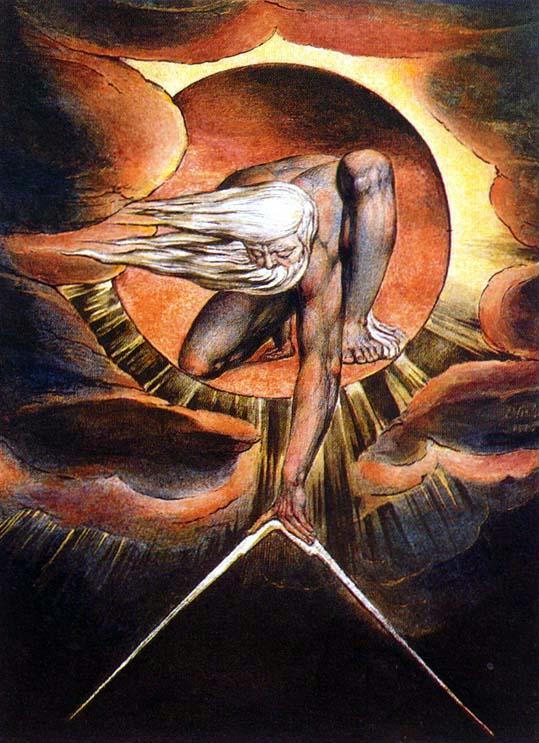IN THE BEGINNING WAS THE WORD
~ In the Court of the Crimson King ~
- chapter index -
pg. 1 - Intro: The Schizoid Man | pg. 2 - Night Sounds
pg. 3 - Welcome to the Machine | pg. 4 - The Laboratory
pg. 5 - Agamemnon | pg. 6 - Prometheus
pg. 7 - Paranoia's Poison Door | pg. 8 - Projective Identification
pg. 9 - The Promethean Rebel | pg. 10 - Aries and the Emperor
pg. 11 - Mirrors | pg. 12 - In the Beginning was the Word
pg. 13 - Death Seed | pg. 14 - I Talk to the Wind
pg. 15 - Said the Straight Man to the Late Man | pg. 16 - Epitaph
pg. 17 - Apollo | pg. 18 - The Fate of All Mankind
pg. 19 - Malkuth
site index
Translate from
"At paranoia's poison door
Twenty first century schizoid man"
First Emanation: The Descent of the Logos
"Upon this Cry for Light, into the Heart of the Dark-Moist-Fiery nature is injected a Holy Word, the Seed of the future Cosmos. This Word is articulate, reasonable, and ordering."
- Commentary on the Pymander
"As the Logos emerges to change formless into form, the first thing that happens is a bifurcation."
- The Principal of Duality

"There is no consciousness without discrimination
of opposites. This is the paternal principle, the
Logos, which eternally struggles to extricate itself
from the primal warmth and primal darkness of the
maternal womb; in a word, from
unconsciousness."
- C. G. Jung
Psychological Aspects of the Mother Archetype
"Man, in the normal state natural to him, is taken as a duality. He consists entirely of dualities or 'pairs of opposites.' All man's sensations, impressions, feelings, thoughts, are divided into positive and negative, useful and harmful, necessary and unnecessary, good and bad, pleasant and unpleasant. Thoughts oppose feelings. Moving impulses oppose instinctive craving for quiet. This is the duality in which proceed all the perceptions, all the reactions, the whole life of man. Any man who observes himself, however little, can see this duality in himself."
- Gurdjieff
from Ouspensky's "In Search of the Miraculous," pp. 280-82
"In Envy and Gratitude (published in 1957) Austrian psychoanalyst Melanie Klein is much concerned with dualities or opposites. She argues that the dualities inherent in life are present from, or even earlier, than birth; the sense of security in the womb is shattered by the trauma of birth which leads to persecutory anxiety and these conflicting sensations lead to the ambivalent relation to the mother, the splitting of good and bad."
- Cronos and his Children
Envy and Reparations























 Arachnophilia
Arachnophilia